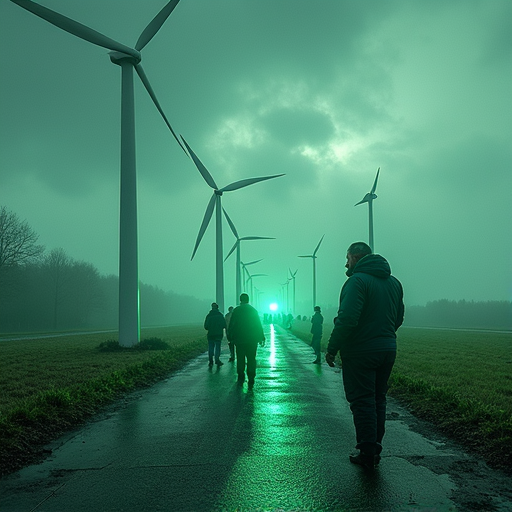
EU’s 2025 Green Hydrogen Transition
The European Union is making significant strides in its transition to green hydrogen, with 2025 marking a pivotal year for the bloc’s energy strategy. The EU has awarded nearly €1 billion to 15 green hydrogen projects through its second European Hydrogen Bank auction, signaling a strong commitment to decarbonization. These projects span across member states, with Germany, the Netherlands, and Spain leading the charge in infrastructure development.
Major Infrastructure Projects
Germany is investing heavily in green hydrogen production facilities, aiming to become a hub for hydrogen exports. The Netherlands is focusing on port infrastructure to facilitate hydrogen imports, while Spain is leveraging its abundant solar resources to produce green hydrogen at scale. These initiatives are part of the EU’s broader strategy to reduce reliance on fossil fuels and meet its climate targets.
Cost Trends and Long-Term Viability
Despite the enthusiasm, challenges remain. The cost of green hydrogen production has decreased significantly, from being 25 times more expensive than fossil-fuel-derived hydrogen in 2018 to just three times as expensive in 2024. However, scaling up production and ensuring long-term viability require further investment and technological advancements. The EU’s RED III directive is also being enforced to ensure compliance and accelerate adoption.
The Road Ahead
Green hydrogen is poised to play a crucial role in decarbonizing industries like steel, cement, and chemicals. With continued investment and policy support, Europe aims to lead the global shift towards sustainable energy. The success of these projects will be a litmus test for the feasibility of green hydrogen as a mainstream energy source.
